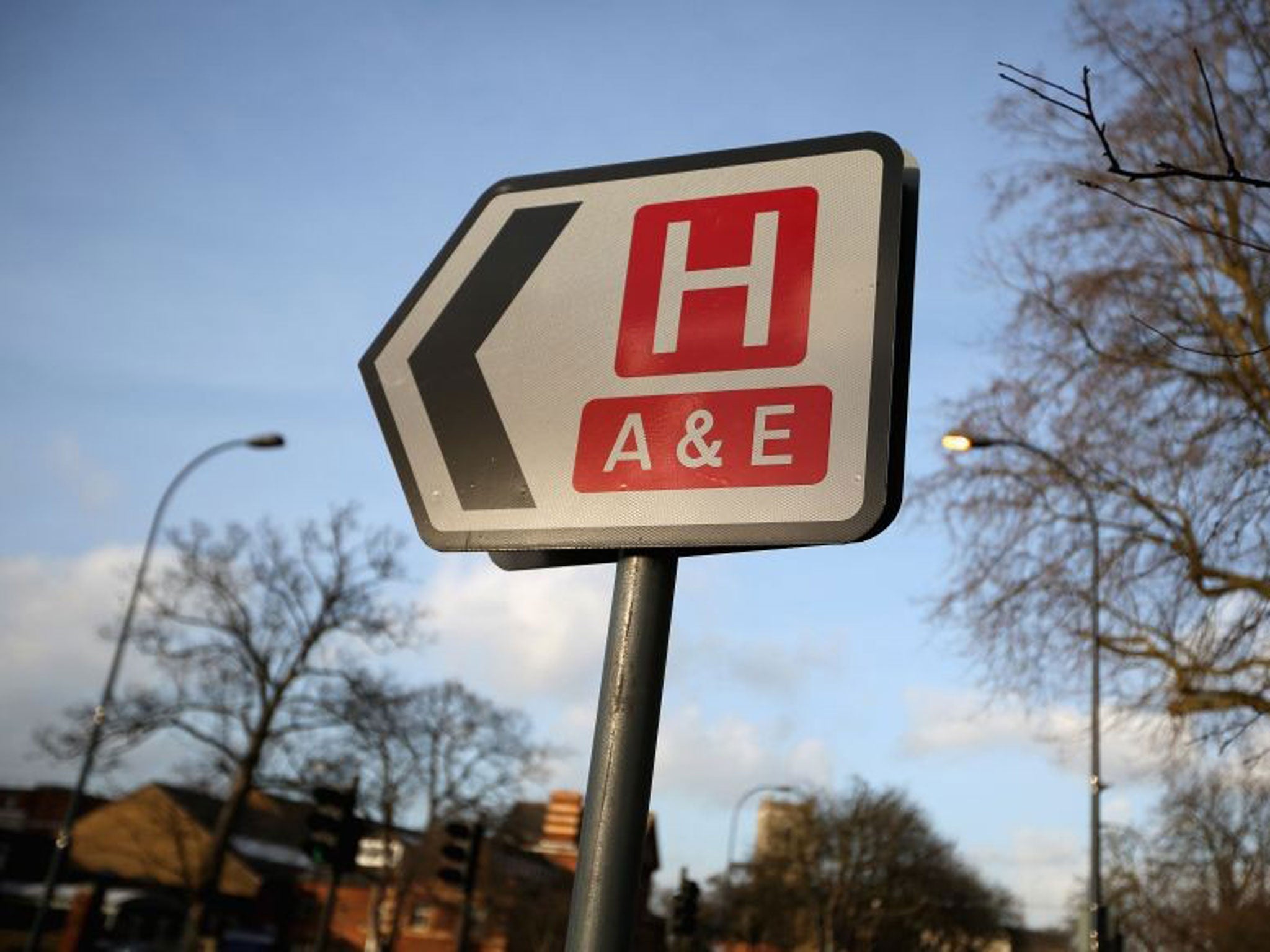More than double the number of NHS trusts failing to meet A&E targets
Labour warns of 'severe storms ahead' in winter if A&E units can't even cope in quieter spring and summer periods

Your support helps us to tell the story
From reproductive rights to climate change to Big Tech, The Independent is on the ground when the story is developing. Whether it's investigating the financials of Elon Musk's pro-Trump PAC or producing our latest documentary, 'The A Word', which shines a light on the American women fighting for reproductive rights, we know how important it is to parse out the facts from the messaging.
At such a critical moment in US history, we need reporters on the ground. Your donation allows us to keep sending journalists to speak to both sides of the story.
The Independent is trusted by Americans across the entire political spectrum. And unlike many other quality news outlets, we choose not to lock Americans out of our reporting and analysis with paywalls. We believe quality journalism should be available to everyone, paid for by those who can afford it.
Your support makes all the difference.The number of NHS trusts missing patient waiting times for A&E has more than doubled in the last year.
Health service regulator Monitor said the findings in its latest quarterly report were “concerning” because performances are normally expected to improve in the spring and summer months.
Instead, 31 trusts failed to see patients within four hours of their arriving at A&E between April and June, compared to just 13 over the same period in 2012.
Labour said the figures were the latest in a long line of indicators that there are “severe storms ahead” for A&E units in the normally much busier winter period.
The regulator's report said: “We are concerned about waiting times in A&E which normally improve in the spring and early summer… Long waits in A&E may result in patients experiencing unsatisfactory care and the persistence of problems means that it is essential for trusts to plan appropriately and have the right funding in place if the challenges of next winter are to be dealt with effectively.”
There was also bad news on the financial front – with the NHS as a whole generating £57 million less in cost savings than originally planned, the number of trusts running at a deficit increased from 36 last year to 48 this year.
The overall deficit was £74 million, although the regulator stressed that figure was mostly due to a small number of “particularly financially troubled trusts”, including Peterborough's £40 million annual gap.
Jason Dorsett, Monitor's financial risk and reporting director, said: “Our analysis of returns from foundation trusts shows that patients are still waiting too long at A&Es in a number of foundation trusts.
“Increased demand means more than ever that trusts need better and earlier planning to make sure they deal with these problems.”
Shadow health secretary Andy Burnham said: “A&E is the barometer of the whole of health and care. It is telling us that there are severe storms ahead for the NHS this winter unless the Government urgently faces up to problems with front-line staffing and in social care.
“Close to one million people have waited longer than four hours to be seen at A&E in the last 12 months – the worst year in a decade. The Government has brought the NHS to the brink and cannot continue to ignore the warnings that are mounting by the day.”
A spokesperson for the Department of Health said that 95 per cent of patients were seen within four hours, but accepted that “more work needs to be done”.
The Government is investing an extra £500 million over the next two years on preparing A&E departments for increased winter demand.
Join our commenting forum
Join thought-provoking conversations, follow other Independent readers and see their replies
Comments